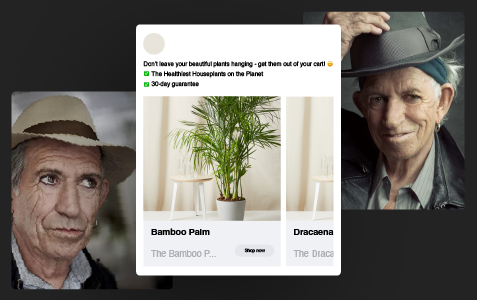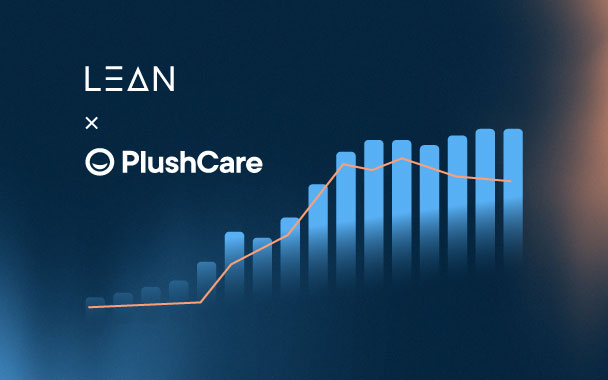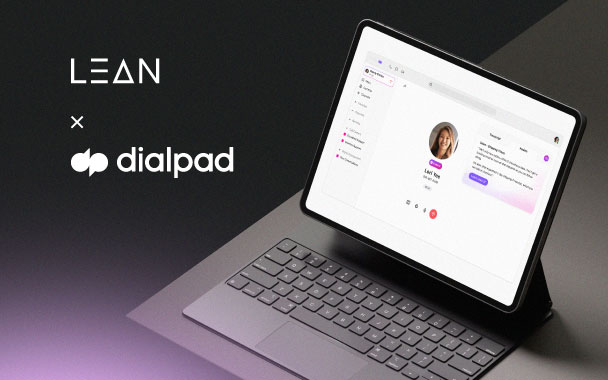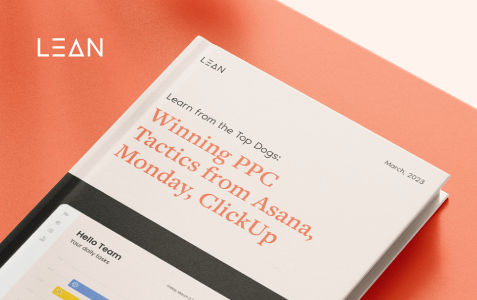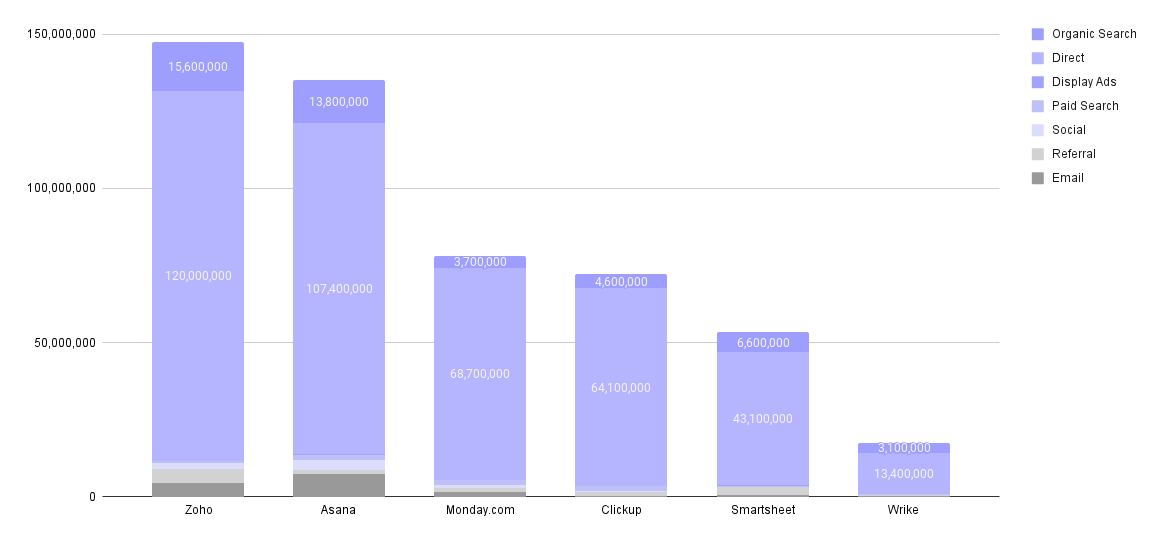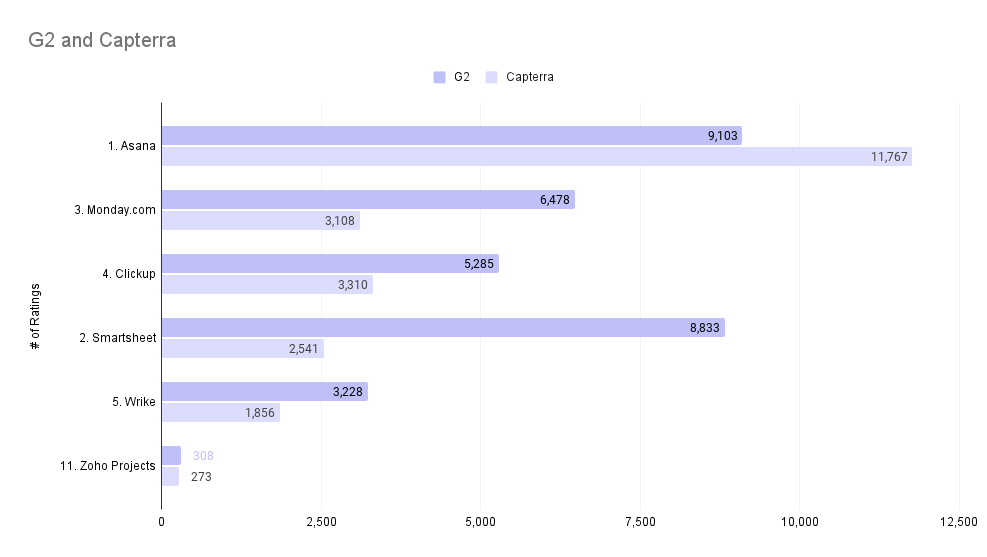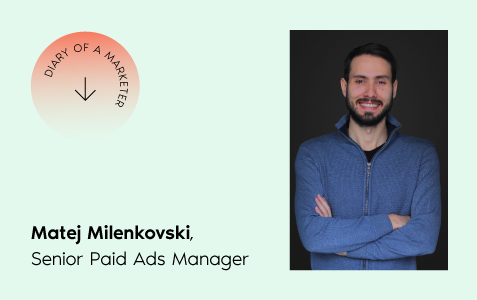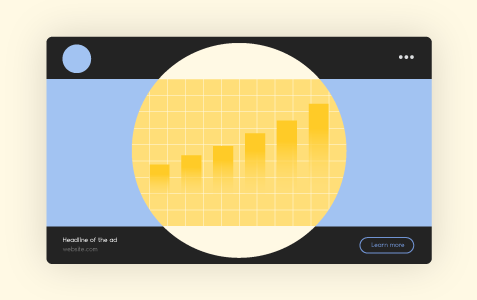Client Overview
Bloomscape delivers fully-grown, ready-to-go plants to customer’s doors. In short, everything you’ll ever need as a plant parent & greenery lover.
We talked more about this awesome brand in one of our previous posts (see here), and this time around, we wanted to take a look at something that is not very common among Meta advertisers: An ad that has not been paused since November 2019 – that’s 3 years! Or in PPC years, that’s probably around 55890 millennia.
So, let’s see why and how this ad is still running.
Creative Approach & Solution
The main idea is – hit the right audience with the right ad, at the right time. Nothing you haven’t already heard, right?
Knowing that we have a lot of different products and a lot of users who are just screen shopping, we wanted to find a way to remind them to take the next step towards getting ‘em beautiful leafy friends.
The solution? A simple remarketing dynamic product carousel ad, targeting cart abandoners.
It’s nothing we haven’t seen other brands doing all the time, but this was the ad that immediately came out with all guns blazing.
And here’s the breakdown:

Pretty simple, right?
The results?
It’s probably best to show you.
Since the ad was first launched (November 2019), we can see the immediate ROAS spike. This is definitely expected for a Remarketing ad, but especially for the period from April to December, the average ROAS is much higher compared to all the other ads.
But, what’s also obvious is that the ROAS line follows the overall Remarketing ROAS trend, and interestingly enough, the ROAS of this ad drops mid 2021 and after that is more or less the same with the other Remarketing ads.
In the end, this ad had 97% higher average ROAS compared to the other ads and 34% higher compared to the other Remarketing ads.

“But what about the CTR?” you may ask, my fellow click-loving friend. Well, not too shabby.
On average, this ad had 70% higher CTR compared to the other ads and 30% higher CTR compared to the other Remarketing ads. And unlike the ROAS trend, this ad still had one of the highest CTRs in the account.

Conclusion
Does this mean that this ad will live on forever? Well, probably not, but who knows? Looking at the CTR, we know that this ad is still pretty relevant and engaging. But looking at the ROAS, there might be a few things that can be done to further improve it.
In addition, let’s not forget that the ad performance also depends on a lot of different factors such as: offer, products available, quality of the prospecting audience that we’re getting into the funnel and so on.
Nevertheless, reaching the right audience with the right ad is still pretty relevant. And Meta’s algorithm is allowing advertisers to hit the bull’s-eye.
Until next time, we encourage you to think about the ways you can reach your audience with the right ad. It might not live forever, but you’ll definitely learn a lot along the way.
========
Want our amazing creative team to create your next “Keith Richards ad”? Check out our creative portfolio and reach out.
